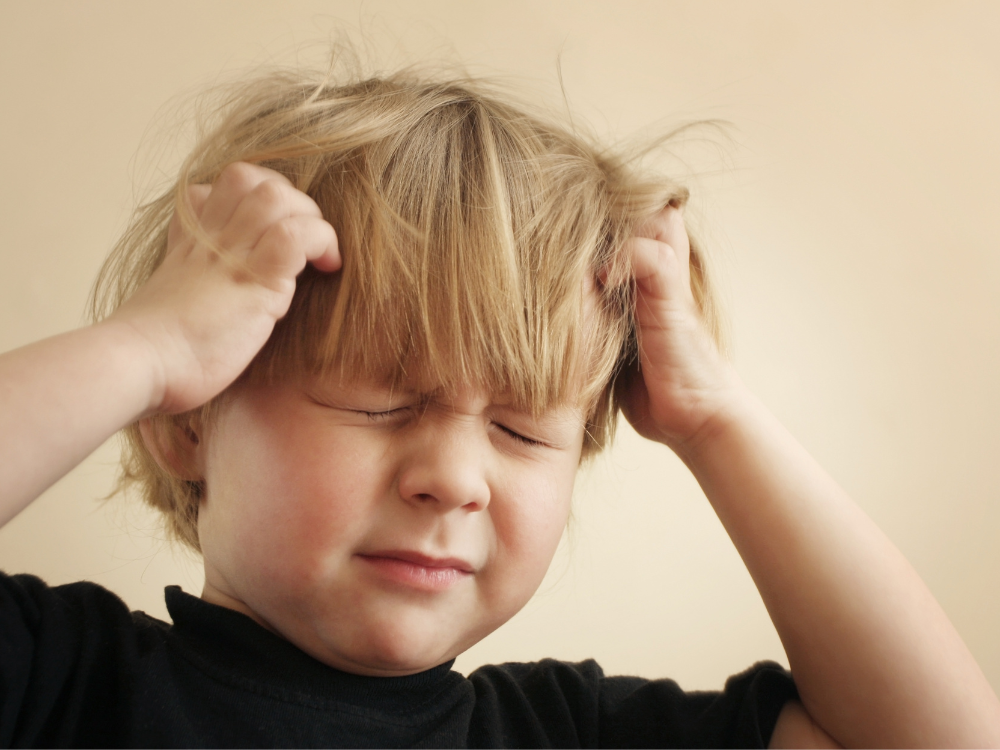
12 Jun Head Lice Warning!
Attention hair warriors!
It’s time for a crucial reminder about those pesky little critters: LICE and their eggs NITS!
These tiny intruders can wreak havoc on your scalp and spread like wildfire if left unchecked.
Here’s the lowdown:
Know the Enemy: LICE are tiny wingless insects that live among human hairs and feed on the blood from the scalp. They’re notoriously sneaky, often hiding in the depths of your hair where they can multiply undetected. They can survive up to 2 days off the scalp. Adult lice are no bigger than a sesame seed and are a grayish-white or tan. Nymphs are smaller and become adult lice about 1-2 weeks after they hatch. Lice lay nits on the hair shafts close to the scalp, where the temperature is perfect for keeping warm until they hatch. Nits look a bit like dandruff, but aren’t removed by brushing or shaking them off.
The Itch Factor: one tell-tale sign of infestation is the incessant itching of the scalp. If you find yourself scratching more than usual, it’s time to investigate. With lice bites come itching and scratching, but the itching doesn’t always start right away.it might take weeks for kids with lice to start scratching. They may complain though of things tickling or moving around on their heads.
Check, Check and Double-Check: Regularly inspect your scalp and hair for signs of lice as well as nits. They’re often found near the scalp, behind the ears and at the nape of the neck. Look for tiny white or yellowish eggs attached to individual hair strands that do not move.
Combat with Care: If you spot them, don’t panic! There are plenty of over-the-counter treatments available to help eradicate these unwelcome guests. Follow the instructions carefully and repeat as necessary to ensure complete elimination. It’s really important to follow up with a second treatment! Don’t skip this step.
Prevention is Key: To avoid future infestations, discourage sharing of hats, brushes and other personal items. Head lice are annoying, but they’re not dangerous and they don’t spread disease. They’re not a sign of poor hygiene – head lice need blood and they don’t care whether it’s from someone who is clean or dirty. It’s best to treat head lice right away to prevent them from spreading. Remember, lice maybe small, but they’re mighty persistent. Stay vigilant, stay informed and together, we can keep our scalps lice-free and our heads held high!
Love,
The Salon Utopia family xx


